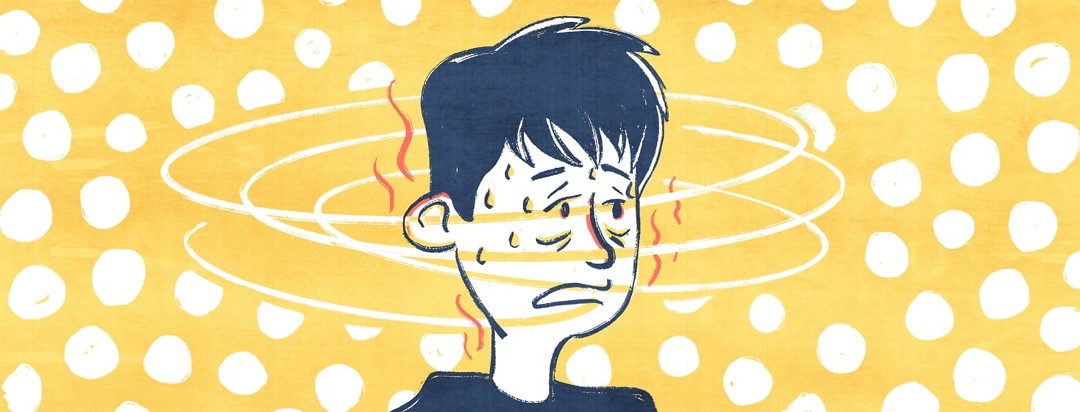Dealing With Hypoglycemia
The side effects of type 2 diabetes may vary from person to person. But most likely, you know how you feel when you are experiencing low blood sugar, also known as hypoglycemia. Do you know how to treat it? Here are some tips for dealing with that not-so-fun event.
What is hypoglycemia?
Hypoglycemia typically occurs when the insulin or diabetes medication ratio to food intake is not adequate. Maybe you have overdosed your insulin, or taken medication at the wrong time. Or maybe you have not eaten enough food, or exercised without eating enough carbohydrates prior to starting. Whatever the reason, hypoglycemic events happen! A blood sugar level of 70 mg/dL or below is considered hypoglycemia.1
What are the symptoms of hypoglycemia?
The side effects of hypoglycemia are not the same for each person. There are also people that do not feel any side effects when they are experiencing a low. If this is your case, speak with your physician about the best way to monitor your blood glucose levels to avoid these events going untreated. If you are like the majority of people though, you are most likely to experience one or more of the following symptoms when your blood sugar has dropped too low:
- hunger
- sweating
- heart palpitations or a fluttery feeling in your chest
- shakiness
- headache or dizziness
What is the treatment for hypoglycemia?
Once you think your blood glucose level is too low, check it. “The rule of thumb for treating a low blood sugar is to take 15 grams of a fast-acting carb, wait fifteen minutes, and test again. Good, quick carb options include glucose tablets, a half glass of orange juice, or glucose gel. If you’re looking for a more tasty option for treatment, you can try tubes of decorative cake frosting or sugary chewable candy-like Sweet Tarts, Spree, Smarties, and Life Savers, which are also effective and portable choices (candies used to treat hypos should be chewed and not sucked)".2 You can also try one tablespoon of syrup or honey. Things like ice cream that also contain fat are not good options for a quick-acting sugar as they take longer to digest and enter the bloodstream. Once you have eaten your fast-acting sugar, wait 15 minutes and test your blood sugar to see if it has responded and entered into a normal range. If it is still too low, take another 15 grams of carbohydrate from the list above and wait 15 more minutes before testing again.
Dangerously low blood sugars
"Glucagon is a hormone produced in the pancreas that stimulates your liver to release stored glucose into your bloodstream when your blood sugar levels are too low. Injectable glucagon is used to treat someone with diabetes when their blood sugar is too low to treat using the 15-15 rule."1 Speak with your doctor if you feel like you may need a glucagon kit.

Join the conversation